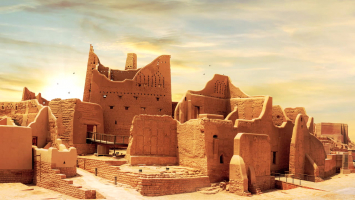Top 10 Most Beautiful Historical Sites In El Salvador
El Salvador has a varied range of attractions despite its tiny size. San Salvador and Santa Ana each contain one of El Salvador's best landmarks, with the ... read more...latter boasting the highly regarded El Teatro. There are additional monuments such as the Divine Savior of the World Monument and the National Palace. Especially El Salvador has extremely attractive historical places that you cannot miss. This small Central American country has something for everyone. Check out one of the most beautiful historical sites in El Salvador listed below.
-
Visit Iglesia El Rosario, a modern church and San Salvador attraction. The church, built in 1971 by artist Ruben Martinez, has a modest concrete and red-brick facade that belies its spectacular interior. Inside, you'll find an arching canopy of stained glass that filters natural light into a kaleidoscope of colors. Whether devout or not, you can appreciate the church's artistic splendour, which includes an eclectic metal and stone portrayal of the twelve stages of the crucifixion. Padre Delgado, the Salvadoran independence movement's leader, is buried here.
El Rosario Church is a plain concrete structure from the exterior. It appears to be more of a standard airport hangar or a military concrete bunker than a church. Many individuals have commented that the structure is unsightly on the outside but gorgeous on the inside.
There are numerous reasons why this chapel is frequently described as lovely on the interior. The church, for example, lacks the columns and pillars present in traditional Salvadoran churches. As a result, from any place inside the church, you will have an unimpeded view of the altar and everything else. The stained-glass windows produce a rainbow of natural light that rushes across the altar and ricochets off the metal and rock located within the walls. In other words, the stained glass windows add light, color, and personality to an otherwise dark space.
Address: 6º Avenida Sur El, 4 Calle Ote., San Salvador, El Salvador
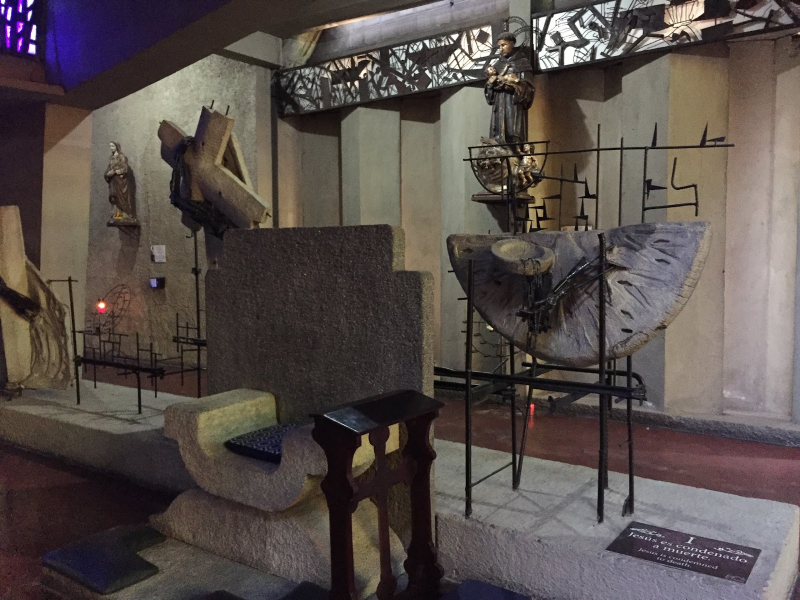
https://www.inspirock.com/ 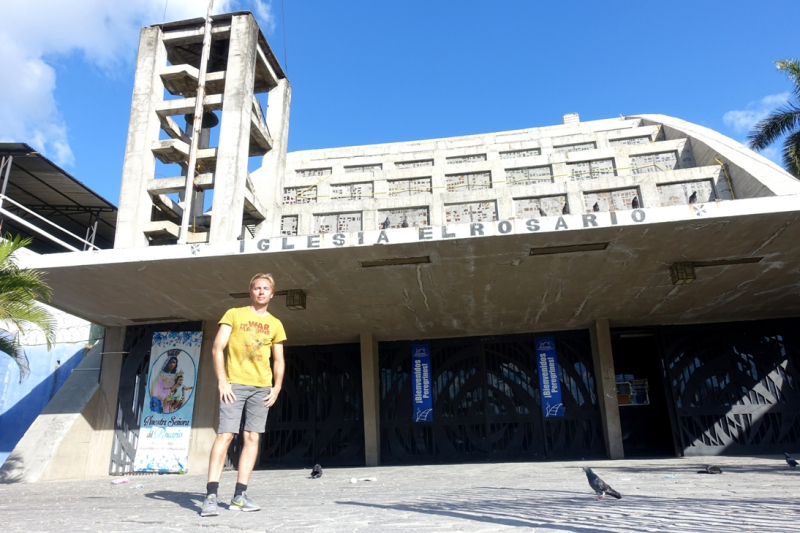
https://www.inspirock.com/ -
Joya de Cerén is an archaeological site in El Salvador's La Libertad Department that has a pre-Columbian Maya farming town. Joya de Cerén is an ancient Maya site located in the Zapotitán Valley, 36 kilometers northwest of San Salvador, El Salvador. In comparison to the famous Ancient Roman ruins, it is often referred to as the "Pompeii of the Americas."
This location is well-known for the outstanding preservation of a Classic period town that was quickly buried by the ashfall of a Loma Caldera eruption around AD 600. Because of the relative richness of paleoethnobotanical remains unearthed at Joya de Cerén compared to other ancient Maya archaeological sites, Joya de Cerén is especially important in the study of everyday life in ancient Maya agricultural societies. The finding of a manioc field, the first instance of manioc farming found at a New World archaeological site, was significant. The site was assumed to have been settled between the years of 200 and 600 AD. Joya de Cerén was included to the UNESCO World Heritage List in 1993 for its archaeological significance, and it is a popular tourist destination in El Salvador.
Visitors will learn about pre-Columbian Mayan culture daily life at Joya de Ceren Archaeological Park, a World Heritage Site featuring a well-preserved farming town. Joya de Ceren Archaeological Park is regarded as one of the most beautiful historical sites in El Salvador.
Address: La Libertad Department, El Salvador
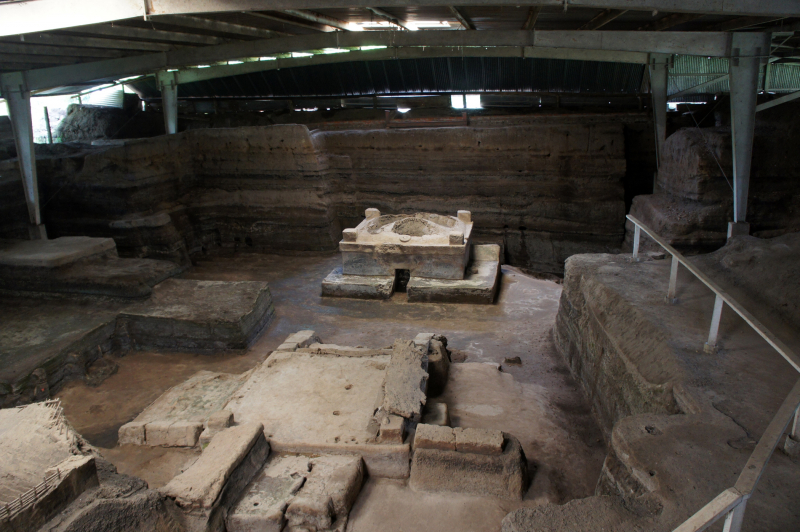
en.wikipedia.org 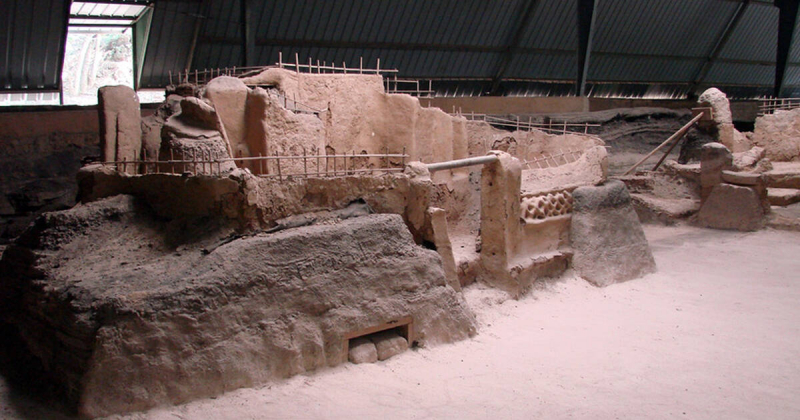
whc.unesco.org -
In San Salvador, El Salvador, the Catedral Metropolitana of the Holy Savior is the cathedral church of the Catholic Archdiocese of San Salvador. It is among the most beautiful historical sites in El Salvador you should visit.
Catedral Metropolitana, the ultimate resting site of slain archbishop Oscar Romero, has a fascinating history hidden behind its towering white exterior. The cathedral, the primary church for the Roman Catholic Archdiocese of San Salvador, was finished and inaugurated in 1999 following years of construction on the previous site of the Temple of Santo Domingo. Before coming, brush up on your history, as the building's dramatic past is only hinted at by the white basic construction. A shooting and following stampede at the cathedral during Archbishop Romero's funeral in 1980 horrified the country. More recently, the then-Archbishop of San Salvador removed the famous and much-loved mural that had decorated its entrance.
The joyful and colorful facade surrounds a shrine to Friar Francisco Silvestre Garca's 1777 sculpture of the Divine Saviour of the World (Jesus, after the Transfiguration, the patron of El Salvador). The main altar contains a picture of the Divine Saviour presented in 1546 by Holy Roman Emperor Charles V. The image is supported by a four-column baldacchino and is surrounded by images of the prophets Moses and Elijah, who appear in the tale of the Transfiguration. The main altar is encircled by eight enormous paintings by Andrés García Ibáñez depicting episodes from Christ's life. Above it all, the 148-foot-tall Churrigueresque cupola with a 79-foot radius looms tall.
Address: C. Ruben Dario, San Salvador, El Salvador
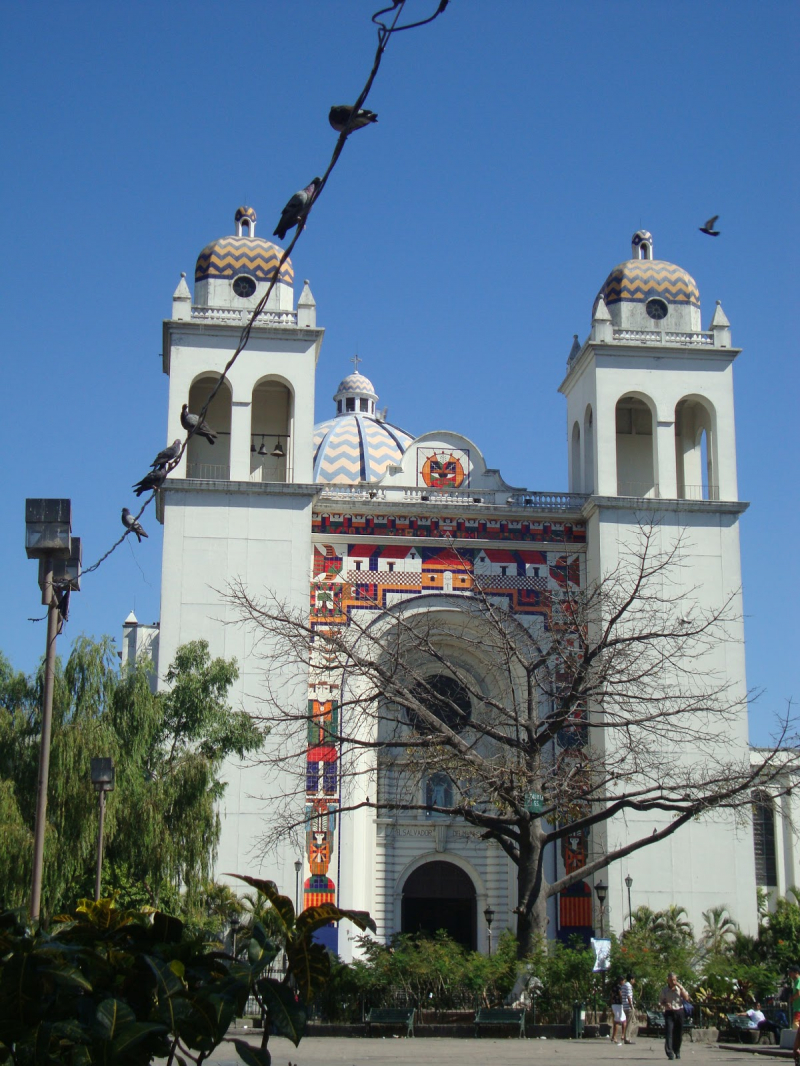
https://www.inspirock.com/ 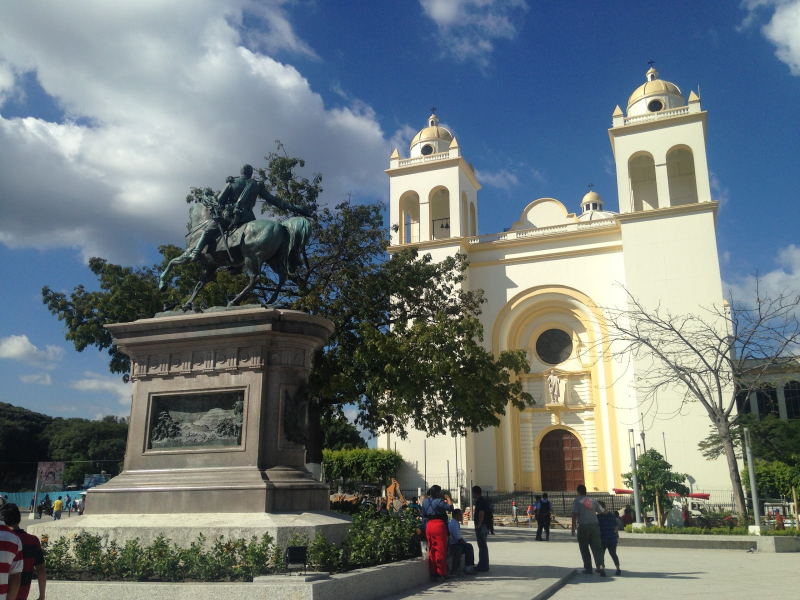
https://www.inspirock.com/ -
Tazumal is a Maya archaeological site in Chalchuapa, El Salvador. Tazumal is an architectural complex in western El Salvador that is part of the greater territory of the ancient Mesoamerican city of Chalchuapa. The Tazumal group is located in the Chalchuapa archaeological zone's southernmost section. During the 1940s and 1950s, archaeologist Stanley Boggs unearthed and rebuilt the Tazumal complex.
Archaeological studies show that Tazumal was inhabited from the Classic to the Postclassic periods, and that the site had connections as far away as central Mexico, the northern Yucatán Peninsula, and lower Central America. Metal items from the complex originate from the eighth century AD and are among the first metal objects discovered in Mesoamerica.
Tazumal has Mayan architecture dating back to the classical period. Two pyramids, a ballgame court, and a mound make up the archaeological site. The area is dominated by the main pyramid at the site, known as B1-1. The main pyramid has over a dozen building stages that are marked by informative signage. The second pyramid was built during the late classic period. Visitors look for traves of previous walls and columns at the top of the excavated construction.
Address: Calle Tazumal, Chalchuapa, El Salvador
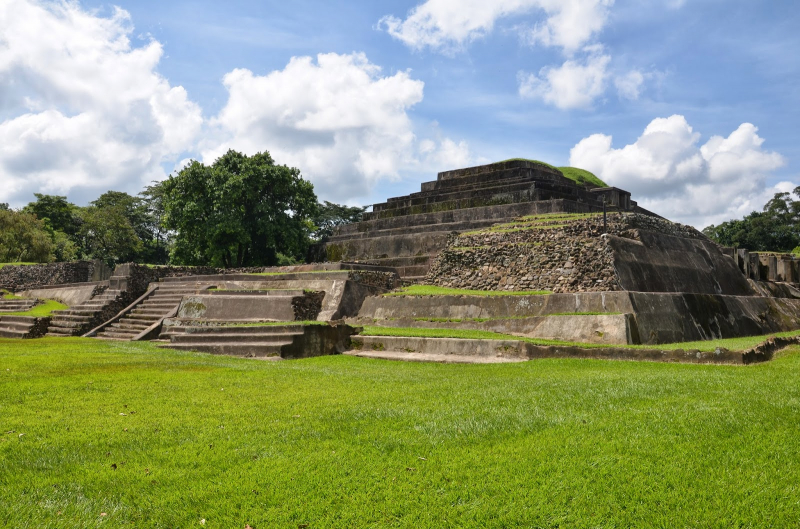
https://www.inspirock.com/ 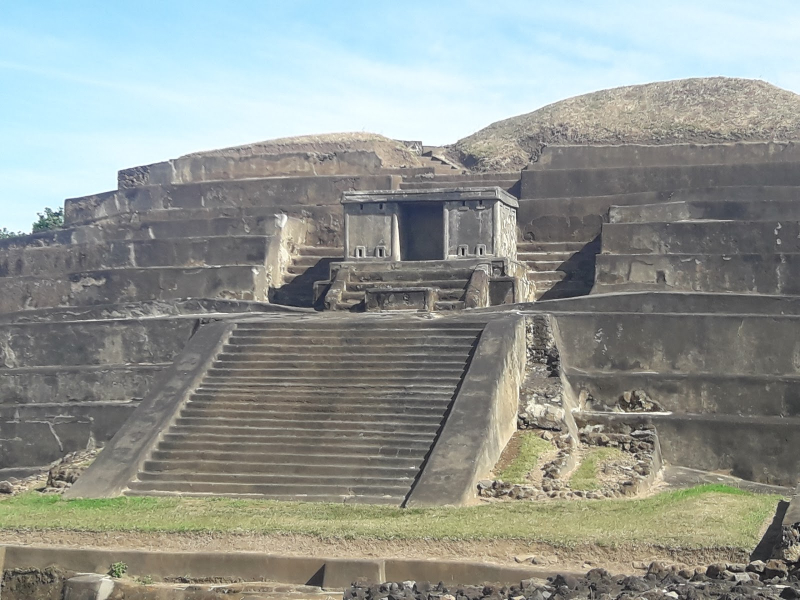
https://www.inspirock.com/ -
On March 24, 1980, while offering Mass in a small chapel at the Hospital of Divine Providence, Oscar Romero was slain. Even before his beatification in 2015, pilgrims flocked in droves to this now-historic spot, and the number has grown since then as more people from all over the world want to learn more about Romero and Salvadoran history.
Visitors can see the culturally and historically significant Hospital Divina Providencia Chapel, where Archbishop Romero lived and was slain. Romero cared for terminally sick patients at the nearby hospice and celebrated mass in the chapel. Walk around his preserved living quarters, which are rich with memorabilia from his life, then enter the chapel where he was killed during mass. It is essential that you consult a guide to properly comprehend the significance of the occasion.
Address: Final Calle Toluca y Avenida Rocio Colonia Miramonte, San Salvador, El Salvador
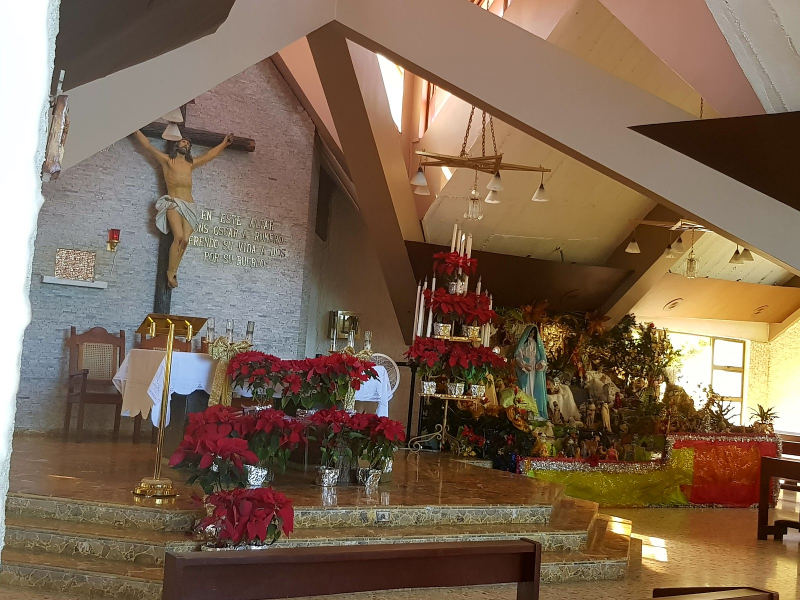
https://www.inspirock.com/ 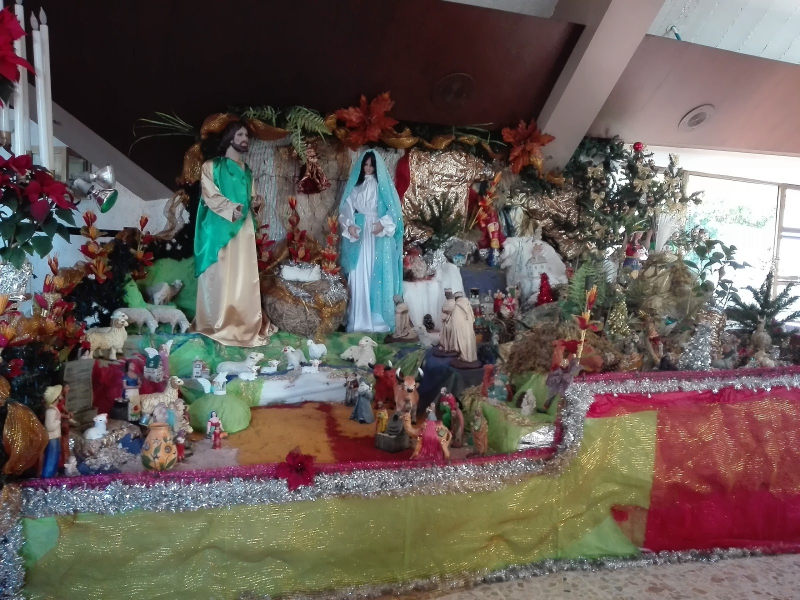
https://www.inspirock.com/ -
Iglesia Santa Lucia, built in 1853, is at the top of the city's attractions list due to its authentic colonial era structure. The exterior has a lofty arched facade, two bell towers on each side, an empty tower in the centre, and a pediment with an ancient clock. It is considered one of the most beautiful historical sites in El Salvador.
The Santa Lucia church is one of El Salvador's finest specimens of colonial architecture, and it is currently undergoing a long-awaited but time-consuming repair. Its beautiful white front, set against a stunning green mountain backdrop, is one of the first things people see when they arrive in town, and its dark, rich wood inside is steeped in history. It took 9 years to complete and was finally finished in 1853. A modest clock atop its six-columned atrium is topped by a silver plate provided by a grateful bride. The altar is built of intricately carved wood, and 36 towering wood beams run along the long, narrow church's sides. Santa Lucia also has a number of glass-encased life-size statues and a little pen-and-ink artwork of a grieving Jesus. It may not be as magnificent as Santa Ana's Gothic cathedral, but it is one of the country's more attractive and traditional churches, and it provides a tranquil and serene respite from the heat.
Address: Suchitoto, El Salvador
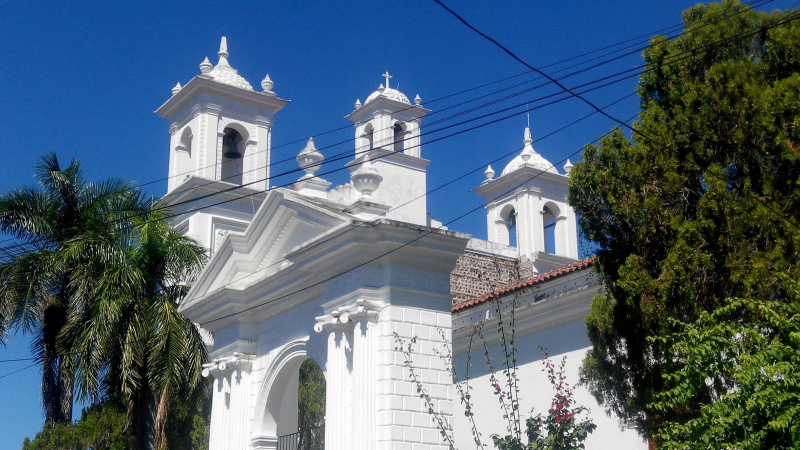
https://www.inspirock.com/ 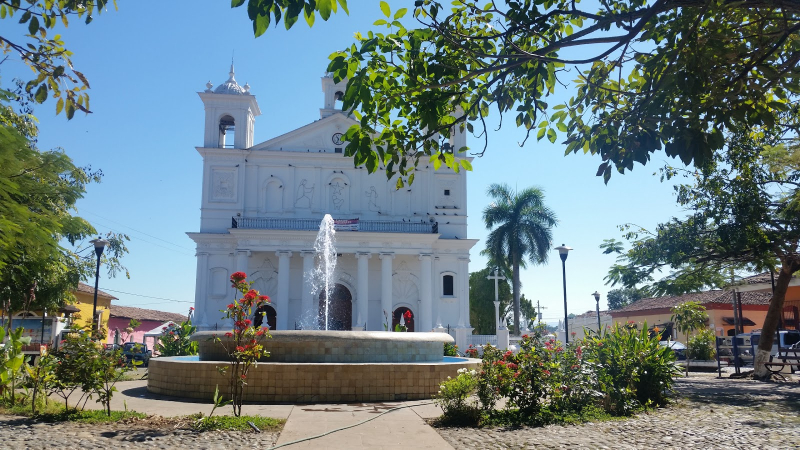
https://www.inspirock.com/ -
Basilica de la Ceiba de Nuestra Senora de Guadalupe is one of El Salvador's most important religious institutions. La Ceiba de Guadalupe is another name for it.
It was completed in 1953, mainly to the assistance of German benefactor Walter Deininger. The construction of this temple, however, began four decades earlier, when Father Antonio Brunetti decided to take the initiative to create a shrine to the Virgin of Guadalupe, Latin America's patron saint. Father Brunetti picked La Ceiba, a small canton located on the city borders with Antiguo Cuscatlán, as the location for the future temple, to which he later added the name of the black lady of America to its denomination (Ceiba de Guadalupe).
This church is dedicated to the Virgin of Guadalupe, whose feast day is December 12 each year. As a result, each December, numerous mechanical games and typical Salvadoran culinary companies are built in its surrounds. On that day, December 12, scores of children dress up as "indigenous" to honor the involvement of the Mexican Indian Juan Diego in the miraculous appearance of the Virgin of Guadalupe in 1531 on the slopes of Tepeyac hill in Mexico.
Address: San Salvador, El Salvador
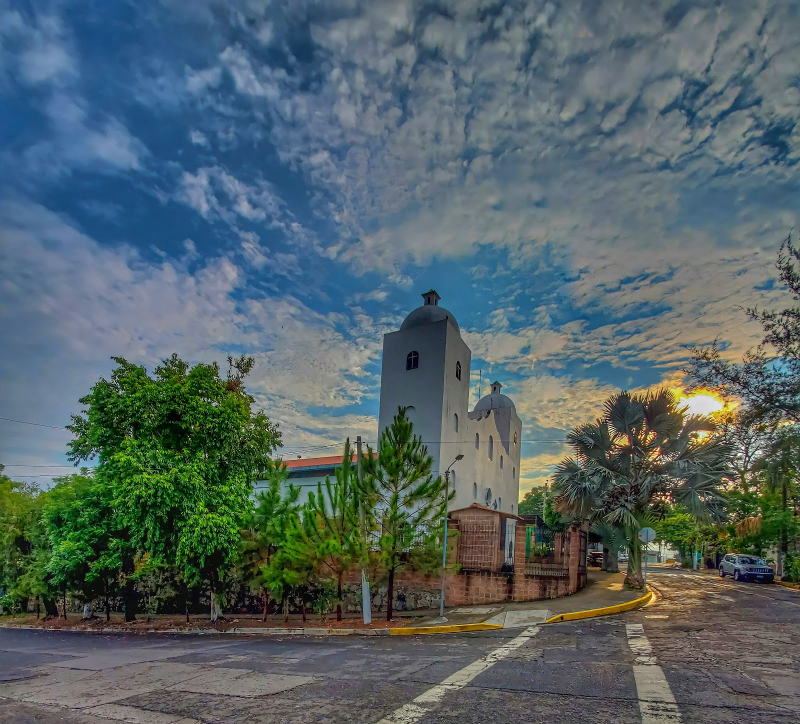
https://www.inspirock.com/ 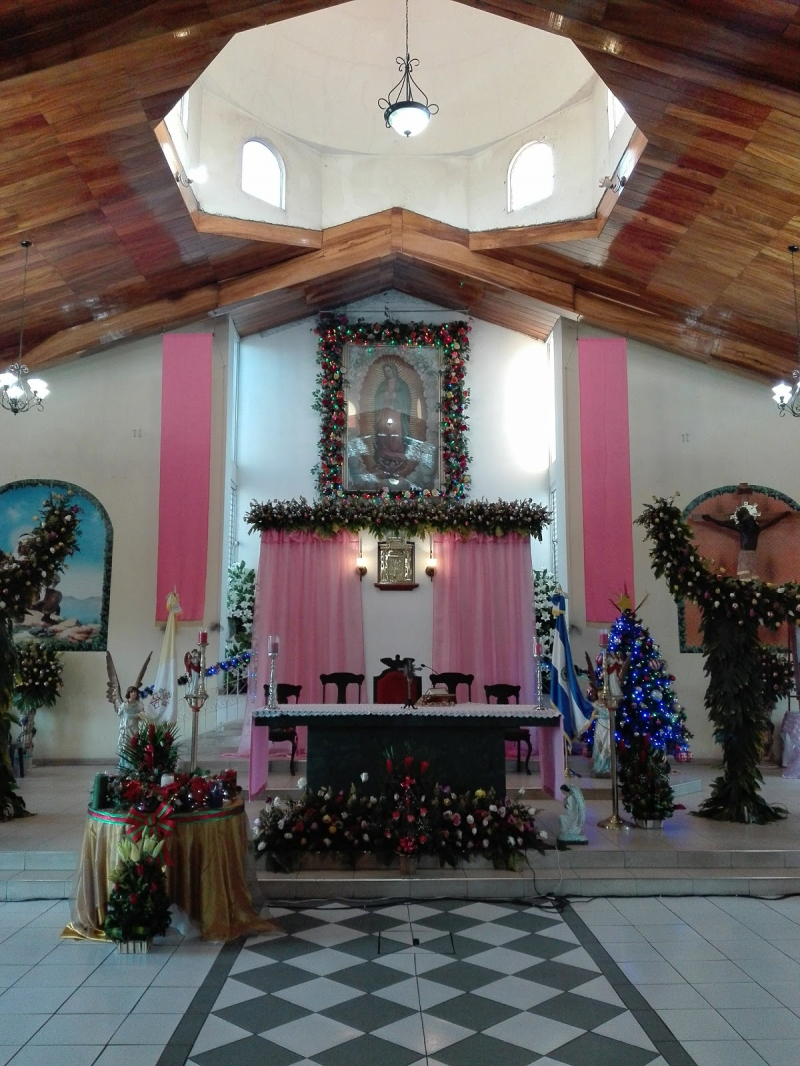
https://www.inspirock.com/ -
The Cementerio de Los Ilustres is located in San Salvador, El Salvador. It is located next to the La Bermeja Cemetery and is part of the General Cemetery of San Salvador.
On August 26, 1849, Bishop Tomás Occeli dedicated the general cemetery as El Salvador's first civil cemetery. The mausoleum of the president of the Federal Republic of Central America, Francisco Morazán, whose remains had been brought from Costa Rica, was already there. After the burial of President Manuel Enrique Araujo in 1913, the area's name was changed to "Pantheon of Los Grandes Hombres," but it eventually became known as "Los Ilustres."
The cemetery contains a number of white marble sculptures and elegant mausoleums that store the remains of members of rich San Salvadoran families. Many of the pieces were commissioned from renowned artists such as Francisco Durini in other countries, particularly in Genoa, Italy. A range of angel figures in various attitudes are found; religious themes such as La Piedad; some of monumental scale and others with particular traits that represent the deceased's familial rank or background in life. Many of these have been ingrained in the local environment and popular consciousness. Among these are the statues of Luperca nursing Romulus and Remus in the Italian Assistenza tomb (popularly known as "La Loba") and "La Novia," a sculpture by Lidia S. Cristales de López, who died six months after getting married in 1924.
Besides, an airplane in the tomb of pilot Enrico Massi; a motorcycle on top of a cemetery; a sculptures known as "The Twins," in which an angel appears to take two little sisters to carry them with him, in which the angel holds the smaller one and gives the elder one his arm, and so on.
Since 2001, there has been a motion in the Legislative Assembly to transform this space into Cultural Heritage, but it has not succeeded. Many figurines have been uprooted or severely damaged as a result of vandalism and adverse weather. However, in 2009, the mayor of San Salvador enacted an ordinance designating this section as a "protected zone."
Address: San Salvador, El Salvador
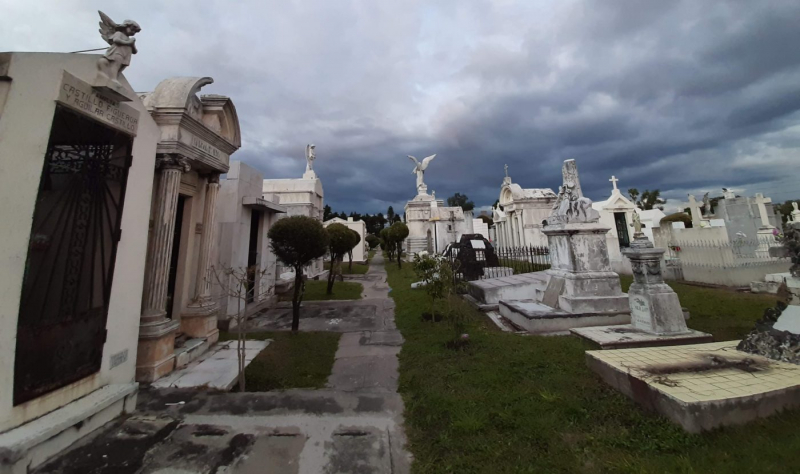
mapadelturista.com 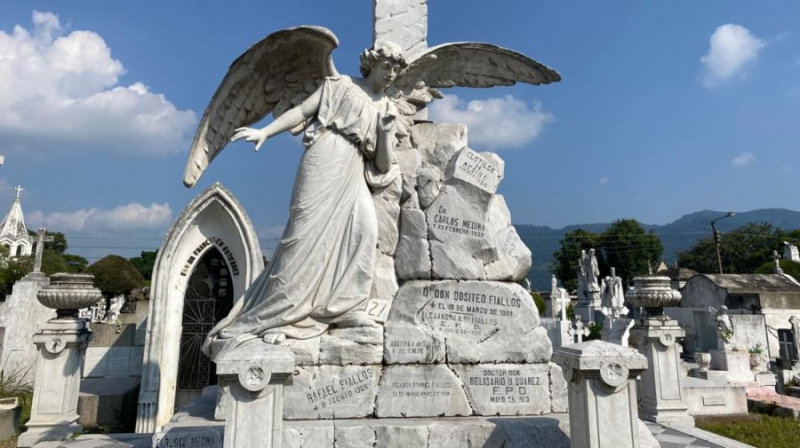
mipaisitosv.com -
Religious structures in San Salvador play an essential role in the city's social, religious, architectural, historical, and cultural life. They tell history through the appearances of the churches and convey the influences that influenced their creation. Iglesia del Calvario contributes to the diversity of culture and history in this area.
Iglesia El Calvario was built in the seventeenth century and measured 16 yards. It was made of metal and lime. Its location was regarded to be on the outskirts of town at the time. It was damaged by an earthquake in 1854 and afterwards rebuilt. The major material utilized in the repair was wood, which had been destroyed by fire in 1908. After some time, a genuine church, gorgeous and concrete, was erected in Gothic style by well-known architects from Italy and Spain. It is an important church model in San Salvador because of its beauty and significance in the evolution of church building.
Address: San Salvador, El Salvador
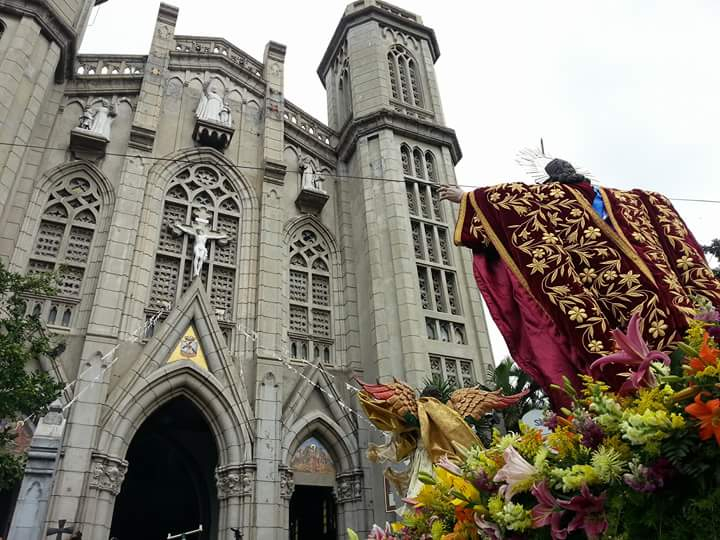
https://www.inspirock.com/ 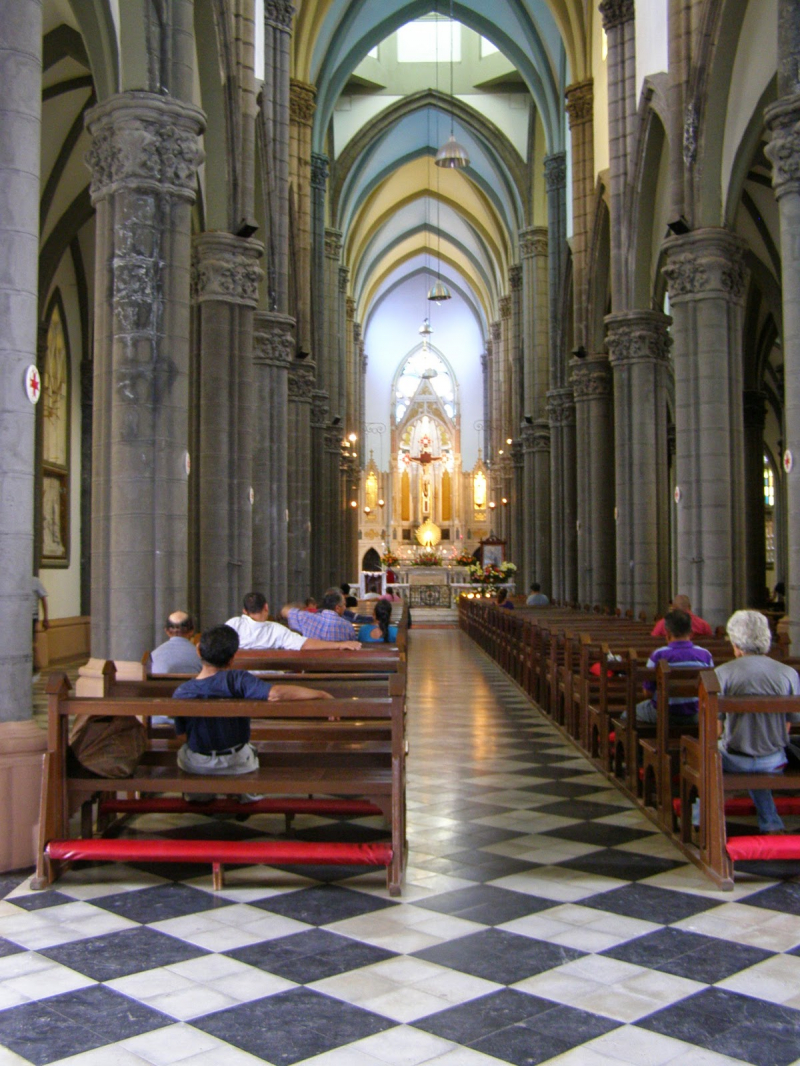
https://www.inspirock.com/ -
Santa Ana Cathedral, located in Santa Ana, El Salvador, is a neo-Gothic cathedral. The central parish, which stood where the Cathedral of Santa Ana now stands, was built between 1575 and 1576 and was destroyed by lightning in the nineteenth century. When the Diocese of Santa Ana was established, plans were made to rebuild the city's primary parish; this reconstruction was allowed in 1904 and began on January 21, 1906. It was consecrated on February 11, 1913.
However, construction proceeded for decades until it was ultimately completed on February 24, 1959, when the marble altar of the image of Saint Anne was consecrated and finished. On April 22, 1995, it was designated as a National Monument. This church is still open to the public today.
In contrast to the Spanish colonial architecture of other cathedrals in El Salvador and Latin America, the edifice was constructed as a Neo-Gothic cathedral. It is made up of three naves with the following dimensions: The central nave is 22 meters long and 22 meters wide, while the lateral naves are 2 meters long and eight meters wide; the three naves create a cross when combined.
The north tower has three manually operated bells, while the south tower has three electronically operated bells that were brought from the Netherlands in 1949. The Santa Ana Cathedral, on the other hand, has 28 pictures or statues, 4 confessories, 118 chairs, and 51 lamps.
Address: Santa Ana, El Salvador
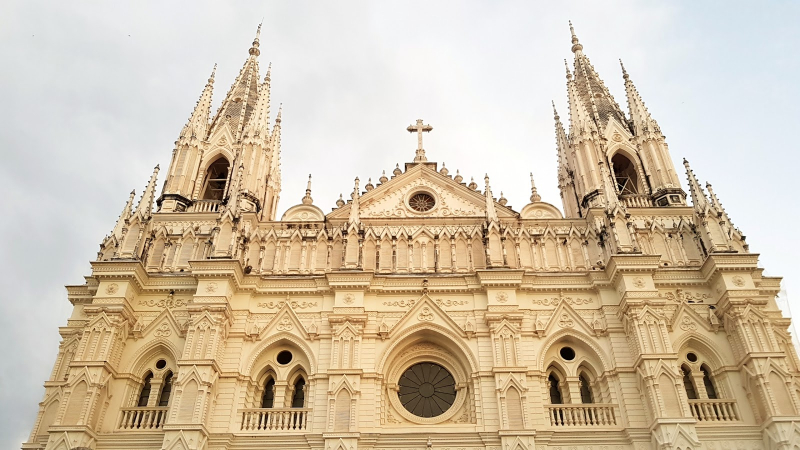
https://www.inspirock.com/ 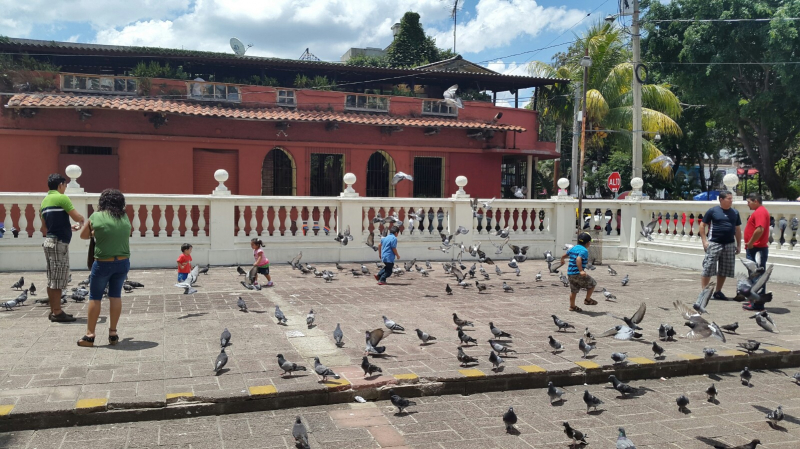
https://www.inspirock.com/






























